

Persuasive writing: techniques, tips and real life examples
There are numerous occasions in business where persuasion is needed, the most obvious of which is in the marketing and sales process. Persuasive writing is therefore an essential skill for marketers and salespeople. But it can be a tricky thing to get right. And getting it wrong can be damaging to your brand.
Luckily, persuasive writing is something that can be learned – in fact, it’s something we offer training in. Here’s a starting point with techniques, tips and real life examples that showcase how it can be done to great effect.
First things first: what persuasive writing isn’t
We need to start by making one point really clear. Persuasion is not the same as manipulation or coercion. This isn’t about tricking people into believing something that isn’t true or forcing them to do something they don’t want to do.
In marketing and sales, your goal should always be to help your customer or client make the best decision for them. This article assumes that you’re a good fit for your audience – you just need to get their attention and help them to understand why so they can, ultimately, act on it.
If we’re all agreed on that, it’s time to look at how.
Persuasion is about people and psychology
Whether you’re trying to persuade a child to tidy up their room or a procurement lead to add you to a preferred supplier list, persuasion is all about psychology. Which is why it’s essential to start by learning about the people you’re trying to persuade.
What motivates them? What are they struggling with? What are their goals? What are their constraints? If you don’t get these basics right, you can craft the most articulate argument in the world and it’s going to fall on deaf ears.

Offer a better version of the future
Once you know what your audience is struggling with or aiming for, you can begin to shape your persuasive argument to address this.
For example, let’s say you have a new HR tech product that makes the staff review process simpler and more efficient. Rather than jumping straight on the various impressive features your product has, paint a picture for your end user.
Help them to imagine what it would be like to spend less time doing face to face reviews. Or to have a happier and more effective team. Ultimately, you want to be able to answer the question “What’s in it for me?”
Persuasion is about stimulating the right emotion
Understanding what a better version of the future looks like for your customer or client is a really useful starting point. Now you have to communicate that message to your audience using words that will engage them, and one of the most effective ways of doing this is to use emotion.
In his book, Persuasive Copywriting, Andy Maslen talks about three main categories of emotion we can use to persuade people.
- Primary or universal emotions such as surprise, fear, happiness and sadness
- Secondary or social emotions such as pride, envy or curiosity
- Tertiary or background emotions such as excitement, calm and tension
Have a look at any given website, advert, flyer or other piece of copy designed to persuade, and you should be able to work out what emotion the copywriter was trying to illicit when they wrote the copy.
Here are a few examples of using emotion as a persuasive technique in website copy we’ve written for our clients:
Petals at Bibendum | pride
This copy we wrote for Petals at Bibendum is designed to appeal to high end customers who have the budget and desire to spend several hundred pounds on flowers without thinking too much about it. The words create a sense that there is an exclusive club and subtly asks whether they belong to that club. In doing so, it appeals to the sense of pride that this audience group would no doubt have about their good taste.
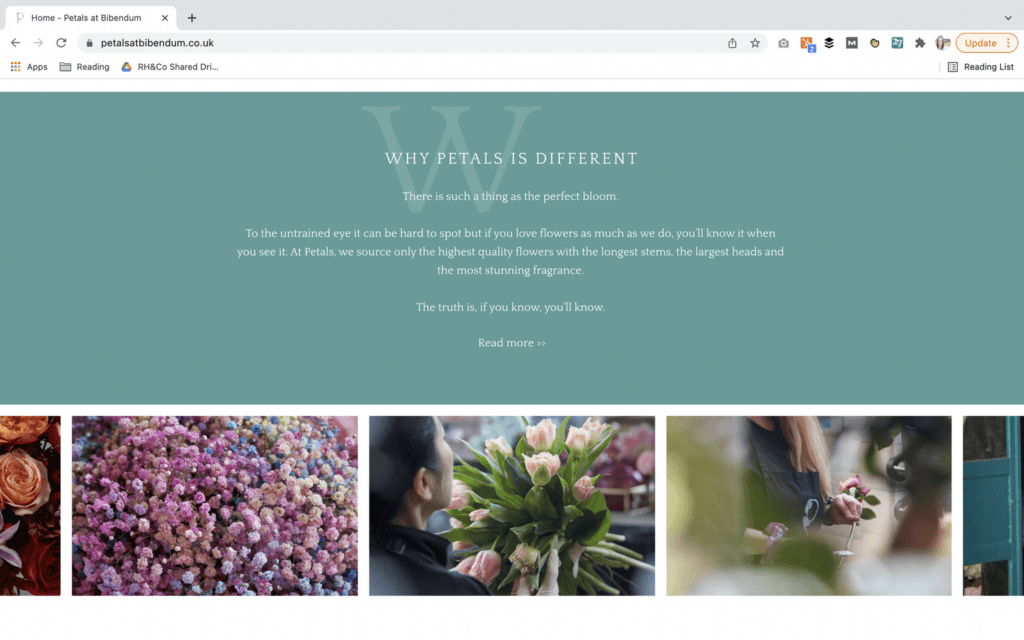
AppLaunch | calm
Developing an app might feel like a stressful, complicated process. The team at AppLaunch wanted to reassure their clients that it didn’t have to be that way. This section of copy encapsulates the simplicity of the process and is designed to create a feeling of calm in the reader, causing them to breathe a sigh of relief.
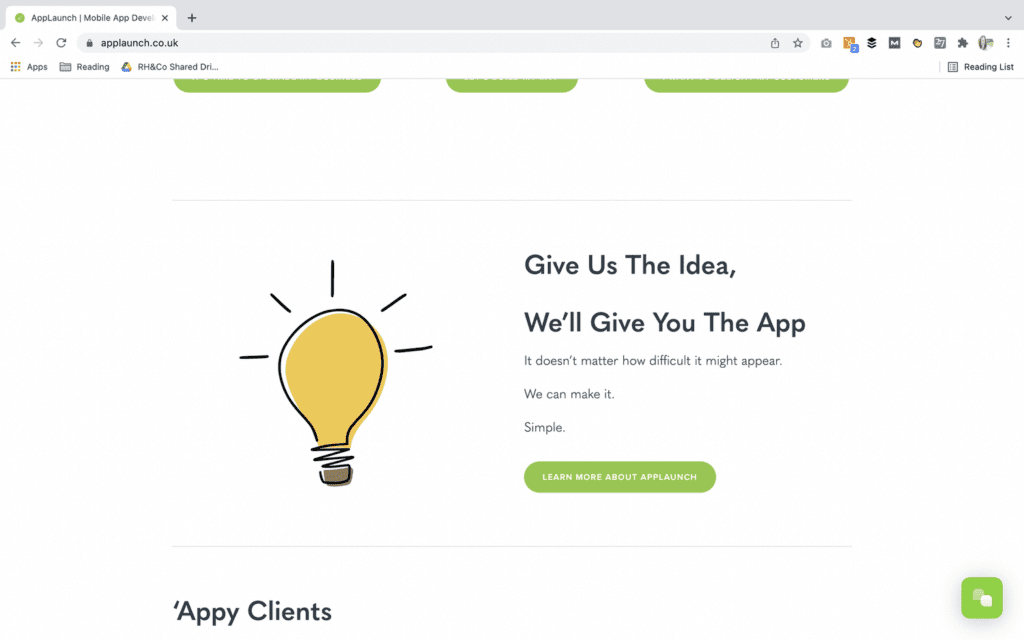
Stylemongers of Bristol | curiosity
Curiosity has got a bad reputation thanks to clickbait headlines that try to hack it in a manipulative way. But appealing to curiosity can be both authentic and very effective, as shown on this sales page we wrote for Stylemongers of Bristol.
Rather than jumping straight into an explanation of what the box contains and why it’s so valuable, the words we use stimulate the reader to use their imagination. Only then do we go into what’s actually in the kit.
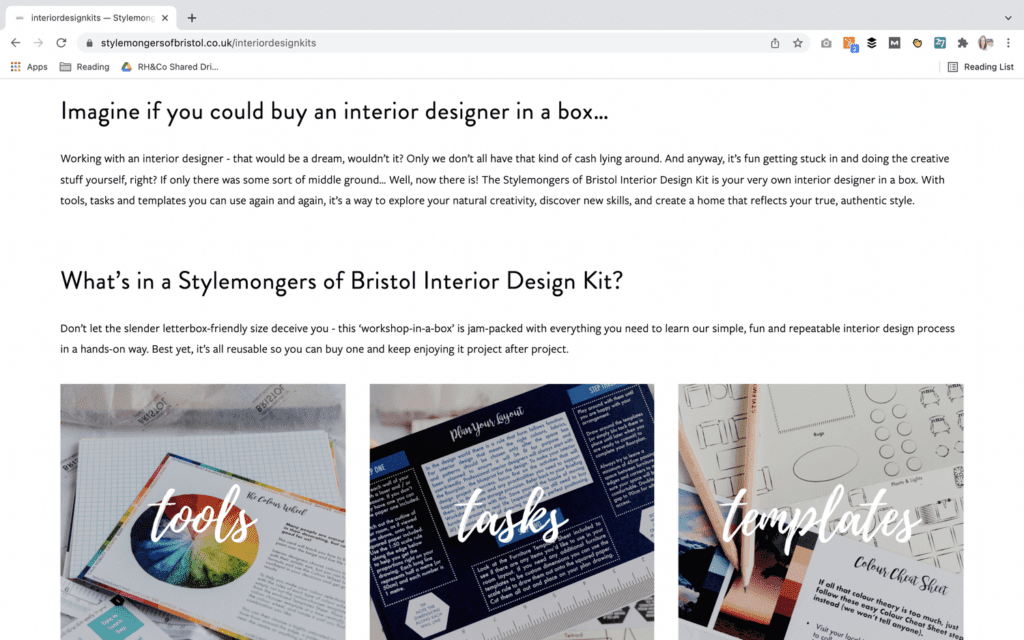
Show, don’t tell
If we’d just described the Stylemongers of Bristol kit as a ‘designer in a box’ without adding more detail, the reader would have been left thinking, “Yes, but what actually is it?”
People make decisions with hearts and minds, so once you’ve used emotion to get their attention, make sure you offer something more substantial too.
And be sure you can prove it. Showing is a far more effective way of persuading someone than telling.
So don’t tell me you’re ‘passionate’ about using local produce at your restaurant – show me what percentage of your ingredients are sourced within a 20 mile radius. Don’t tell me your team building exercises improves staff morale – show me a customer testimonial to prove it or a reputable study that backs your techniques.
Other persuasive writing techniques
We’ve already talked about how emotion is a powerful persuasive technique. Here are a few others to try.
Storytelling
Human beings have always loved stories and they can be used in a number of ways in a persuasive context. For example, case studies are a great way of using client success stories to help persuade your audience by providing social proof. And charities often use stories to persuade people to donate by showcasing real life people who have benefitted from their work.
Your brand story might also be important. You’d think that people would choose a soft drink based on how it tastes, for example. But we know that for Lovely Drinks, their homemade, Somerset roots are integral to their brand and why people choose them, which is why we highlighted this in their website copy.
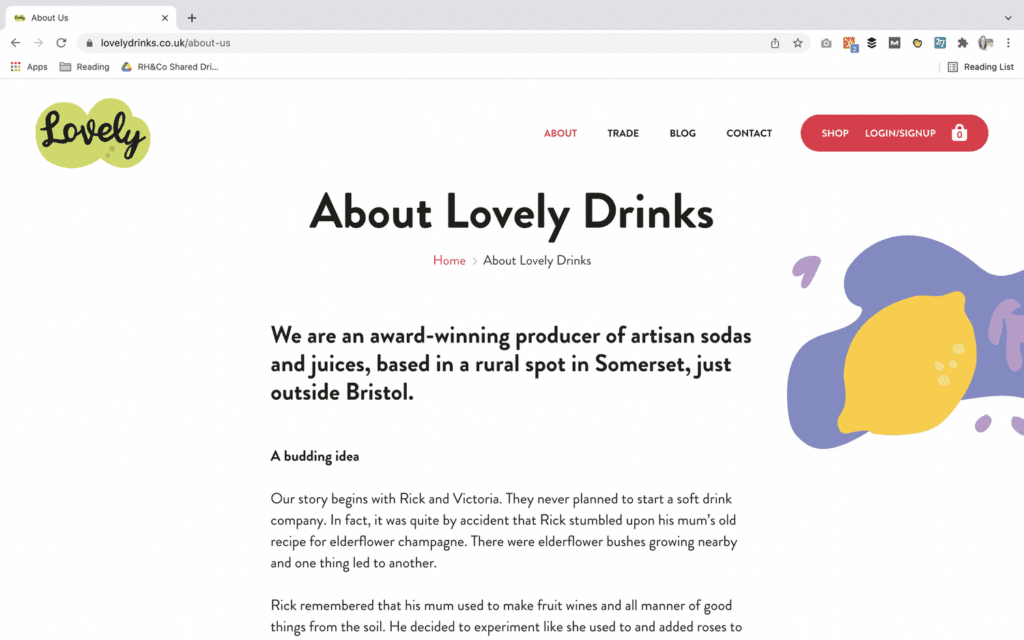
The power of three
There’s something about trios that just work, so long as you don’t overuse them. Whether it’s three words or three sentences, now you know that this is a persuasive writing technique, you’ll start noticing it everywhere. It’s popular in speech writing in particular. And remember ‘Hands, Face, Space’?
We used the power of three on the PlanIt Future website below to build emotion. The first sentence lays out a challenge creating tension. The second builds on it, escalating the tension. Then the third comes in and provides a solution, creating a sense of relief.
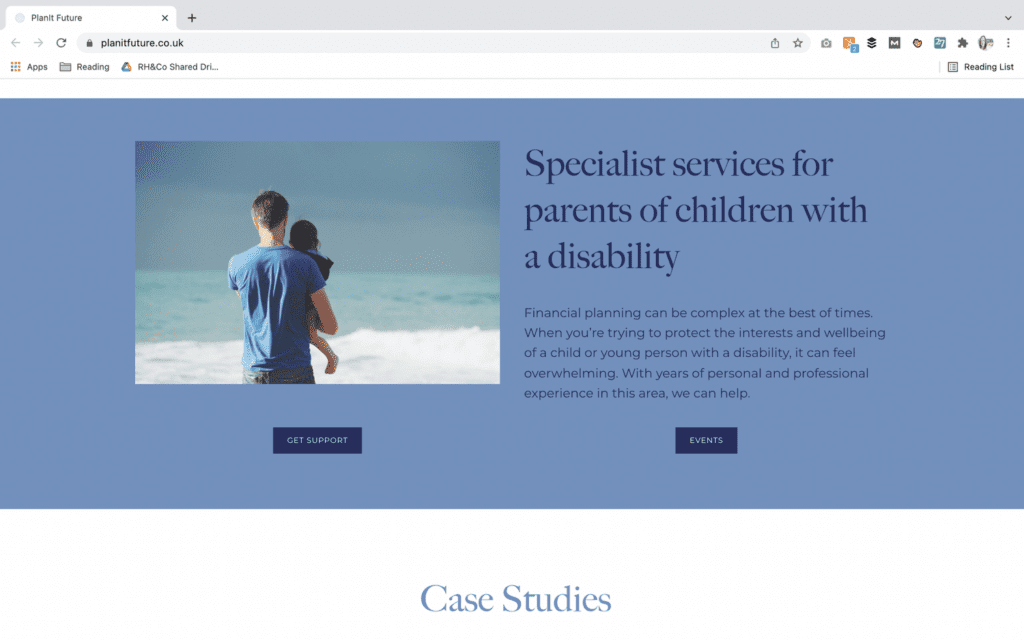
Personalised pronouns
Using personalised pronouns like ‘we’ and ‘you’ establishes a more personalised relationship with your audience. And relationship is essential for persuasion, as we’ll come onto in a moment.
We played on this persuasive technique when we wrote the Engineered Arts website. The line “Humans, check this out” as well as the personalised pronouns further enhanced the sense of conversation between brand and reader.
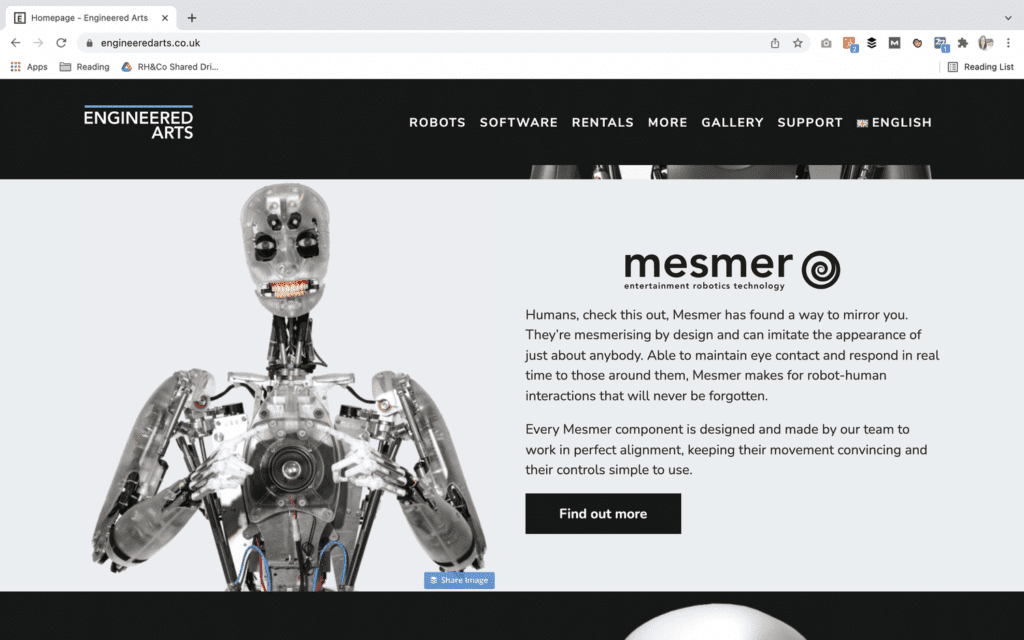
Imagine how different this paragraph would have felt if we’d written, “Engineered Arts has found a way to create robots that mimic people.”
Imperative sentences
An imperative sentence doesn’t have a subject. Instead it begins with a verb. Imperative sentences are also known as command sentences, and they are ideal for persuading people to act. This is why calls to action (CTAs) are usually imperative sentences.
Here’s a good example from Garrett Creative where we used a double CTA, both using imperative sentences, to create options for visitors at different stages of their customer journey.

Building relationships – the importance of timing
Last but not least, persuasion isn’t just about what words you use. It’s also about when you use them. Because if you go in too hard, too early, you’re going to come across like a pushy car salesman.
The most effective persuasion comes from a foundation of relationship. We’re not enormous fans of Gary V’s ‘Jab, jab, jab, right hook’ analogy as we’d rather not paint marketing and sales as a violent sport! But the principle is sound. It’s all about adding value for your audience and earning your right to ask for what you want.
You also need to know where your customer is on their journey. If they’re only just figuring out that they have a problem, don’t jump straight in and try to shove your solution down their throat.
Help them explore the problem and understand it fully, perhaps with a blog post, video or webinar. Showcase the broad types of solution available and the advantages and disadvantages of each. Maybe now they’re ready to give you their email in return for a useful download.
The more complex, important or expensive a buy decision is, the longer it’s likely to take. Which means you might need to adjust your perception of persuasion as a ‘get them over the line’ approach.
Persuasive writing can have an instant effect, of course – we’ve all bought something on a whim because we were hooked by a clever advert from a brand we’ve never heard of. The important thing is to understand where that’s possible and plan for the times when it isn’t.
If you know your audience and what they’re looking for, if you speak to both their heart and their head, and if you let them come to you in their time, you’ll have far more success than if you resort to being pushy.
Back to hompeage









